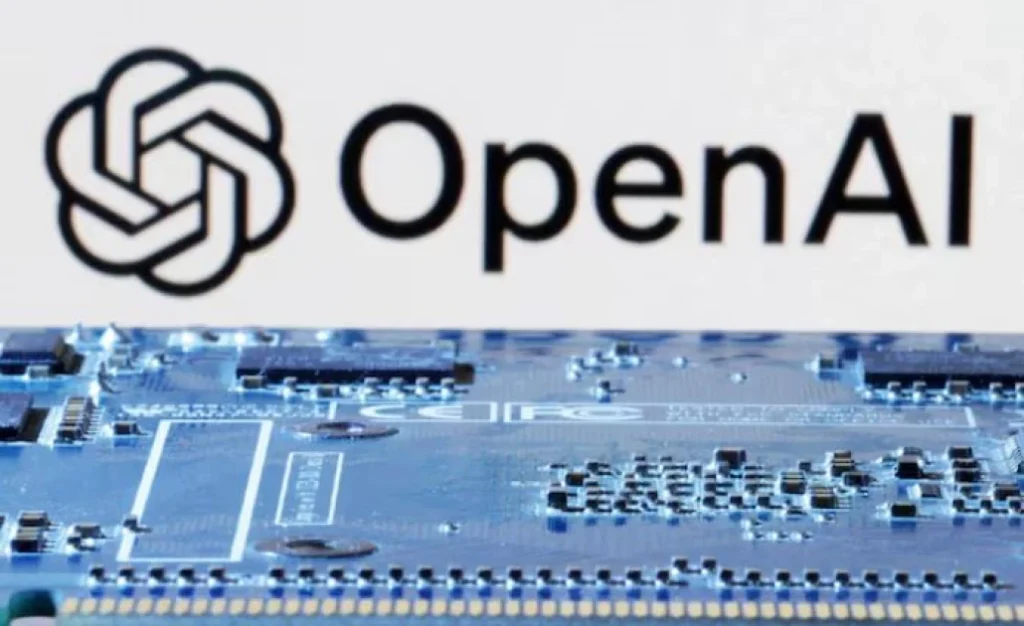OpenAI has announced that its latest image-generation feature in ChatGPT, powered by GPT-4o, will now be restricted to paid users. The move comes as a response to overwhelming demand, which exceeded the company’s initial expectations. Initially, OpenAI had planned to roll out the tool to both free and paid users, but a surge in popularity has led to a reconsideration of this strategy.
OpenAI CEO Sam Altman took to X (formerly Twitter) on Monday to share the update, stating, “Images in ChatGPT are wayyyy more popular than we expected (and we had pretty high expectations). Rollout to our free tier is unfortunately going to be delayed for a while.” The statement indicates that the company did not anticipate the extent of user interest in AI-generated images, leading to a need for controlled access.
The new image-generation tool, integrated within ChatGPT, was launched as part of OpenAI’s continuous efforts to enhance user experience through multimodal AI capabilities. The feature allows users to generate high-quality images using text prompts, similar to tools like DALL·E. However, due to high traffic, OpenAI has decided to prioritize its paid subscribers by limiting access to those on the Plus, Team, and Enterprise plans.
The decision has sparked mixed reactions among users. While some understand the need for OpenAI to manage server load and ensure optimal performance, others feel disappointed that free-tier users are left out. Many had anticipated broader accessibility, especially after OpenAI’s initial announcement suggested that all users would get a chance to use the tool.
Despite this setback for free users, OpenAI has not ruled out future availability. The company has hinted that once it can manage the demand effectively, it may reconsider expanding access to non-paying users. However, there is no confirmed timeline for when this might happen.
This move aligns with OpenAI’s broader business strategy of monetizing its AI advancements while balancing resource allocation. As AI-driven image generation continues to gain traction, it remains to be seen how OpenAI will adapt its offerings to meet both user demand and operational constraints.

